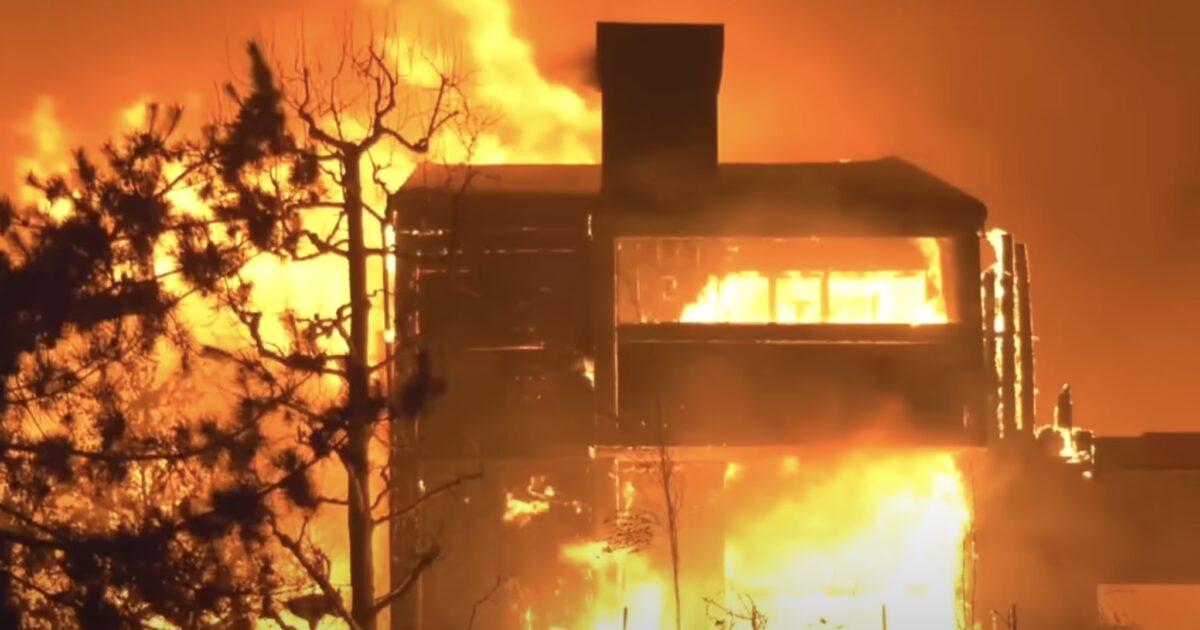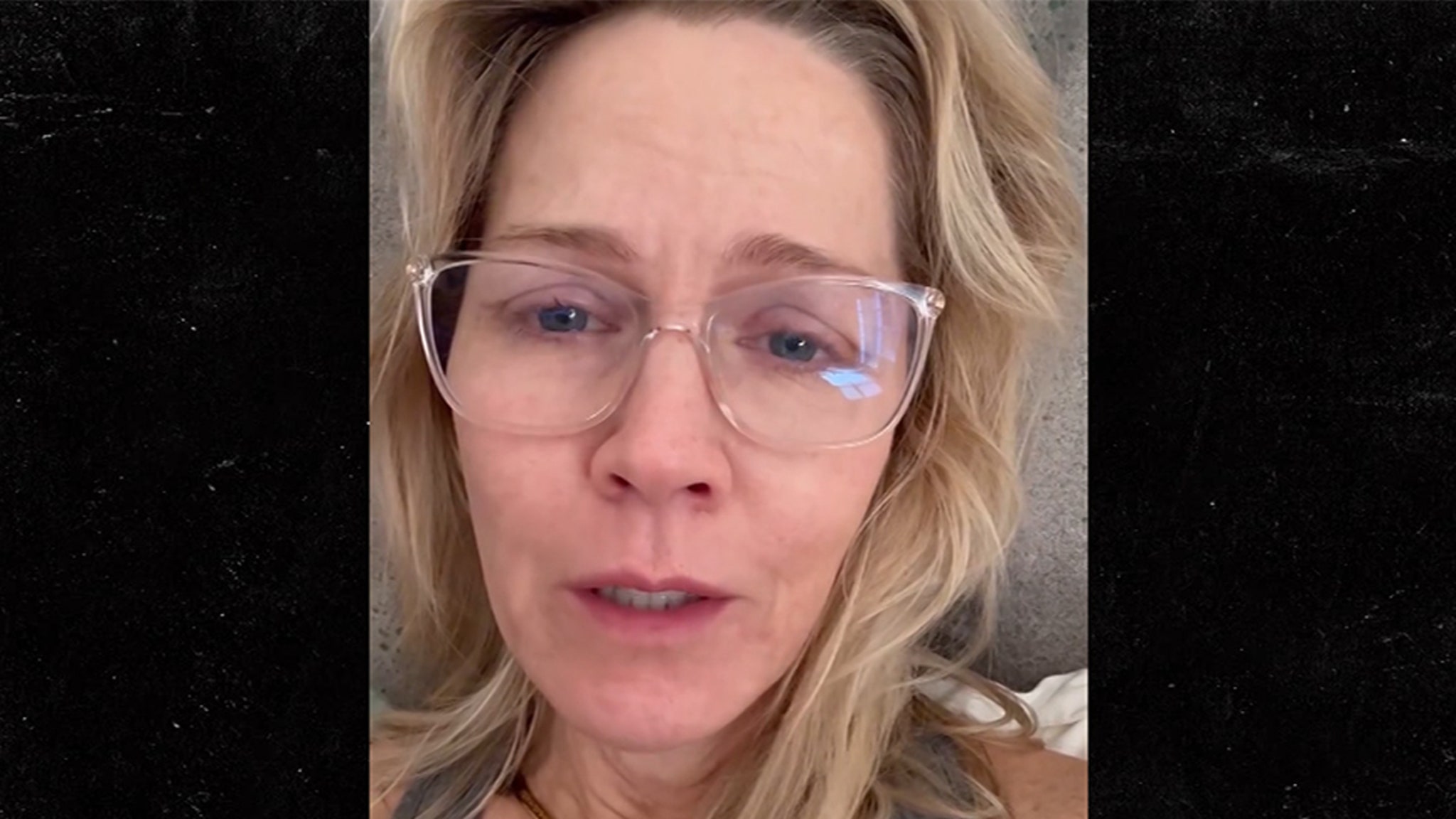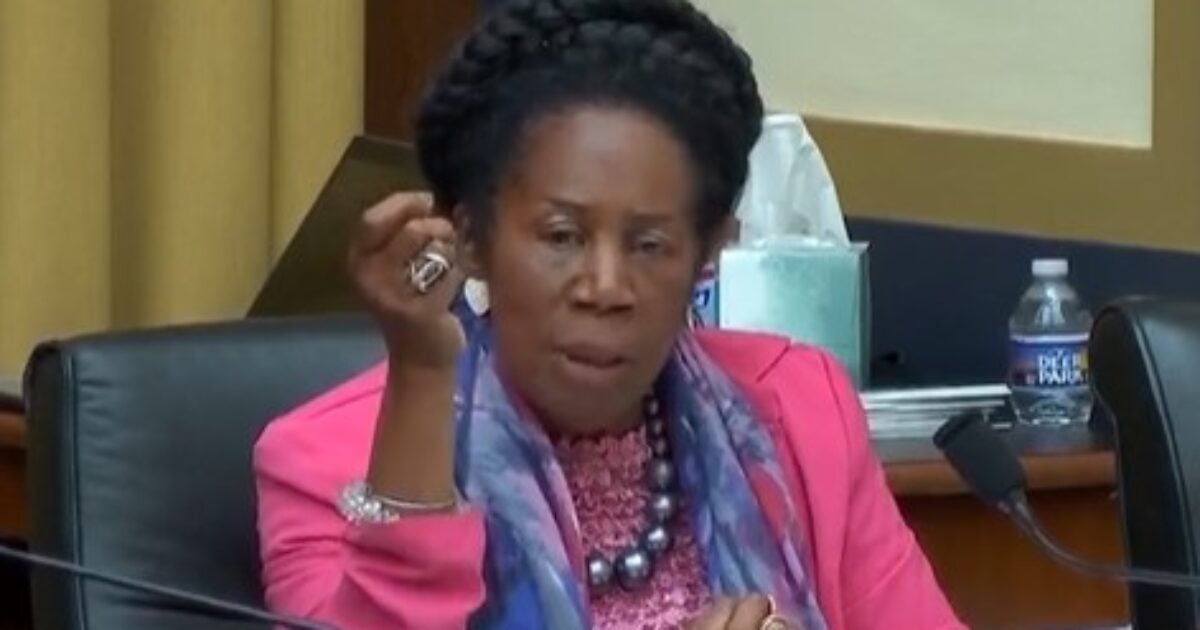
The California wildfires, which have destroyed thousands of homes and forced tens of thousands to evacuate, were exacerbated by strong winds, increased population density, and Governor Gavin Newsom’s failures in managing forests and conducting controlled burns.
Claims about failing to fill reservoirs for hydrants are substantiated and result from two sources: infrastructure and demand issues, as well as mismanagement of water resources.
While there is no evidence that DEI initiatives hindered the response, Los Angeles Fire Chief Kristin Crowley has emphasized DEI as a priority and implied a focus on increasing diversity in hiring rather than hiring the best candidates.
Critics, including actor James Woods, argued that Los Angeles Fire Chief Kristin Crowley’s emphasis on DEI in her leadership priorities detracts from the department’s ability to respond.
Los Angeles Fire Chief Kristin Crowley has emphasized the importance of diversity, equity, and inclusion (DEI) within the Los Angeles Fire Department (LAFD).
In November 2022, alongside then-Mayor Eric Garcetti, she launched the department’s first-ever DEI Bureau, focusing on creating a safe and inclusive workplace.
Chief Crowley has stated that fostering a diverse workforce enhances the department’s ability to serve Los Angeles’s varied communities effectively.
She has expressed a commitment to promoting a culture that values diversity, inclusion, and equity within the entire organization.
Just weeks before the wildfires, Chief Crowley warned that budget cuts were hampering the fire department’s ability to respond to emergencies, including training, preparation, and large-scale incidents like the ongoing wildfires.
The department’s budget was reduced by $17.6 million for the 2024-25 fiscal year, eliminating 58 positions and cutting overtime funding.
While Mayor Karen Bass claimed the cuts did not affect the response to the fires, the operational strain was evident, with the department overspending $66.6 million the previous year due to unbudgeted contracts and overtime.
Ironically, the fire department’s budget cuts came as a result of left-leaning policies. Mayor Bass faced backlash for cutting Los Angeles Fire Department’s budget for the 2024-25 fiscal year, prioritizing funding for homeless services instead.
This decision reportedly hampered the department’s ability to respond to the crisis. Bass was also criticized for being in Ghana on a nonessential trip when the fires broke out, although she defended herself, claiming to have stayed in contact throughout her flight back to Los Angeles.
Mismanagement of forests has been one of the greatest contributors to the devastating effects of the fires, exacerbated by the limited implementation of controlled burns.
Controlled burns, or prescribed fires, are a vital forest management practice that involves intentionally igniting specific forest areas under controlled conditions to reduce excess vegetation, which serves as fuel for wildfires.
Despite their importance, California has struggled to use this preventive measure effectively. In 2024, the U.S. Forest Service temporarily halted prescribed burns, citing the need to allocate resources for active wildfire suppression.
This pause, occurring during a critical period for planned burns, raised concerns among experts who warned that delaying these measures could significantly increase the long-term risks of severe wildfires.
Historically, California’s landscapes experienced frequent, low-intensity fires that naturally managed vegetation density. However, decades of aggressive fire suppression policies have led to an unnatural buildup of flammable materials.
This accumulation creates conditions where wildfires can spread more rapidly and with greater intensity. Experts estimate that approximately 20 million acres in California could benefit from prescribed burns to mitigate wildfire risks.
Water mismanagement further exacerbated the emergency. During wildfire crises, some regions experienced depleted hydrants and limited water availability. These shortages are attributed to local infrastructure and demand issues, reflecting a broader challenge of insufficient water planning and preparedness.
Newsom’s administration upheld environmental regulations aimed at protecting ecosystems, such as the Delta smelt in the Sacramento-San Joaquin Delta.
These policies have occasionally limited water deliveries for agricultural and urban uses, which some critics argue could have been redirected to support other needs.
Governor Gavin Newsom’s administration has faced significant challenges and failures in maintaining California’s water reservoirs, directly impacting the state’s ability to manage critical resources during emergencies such as wildfires.
One notable incident was the 2017 Oroville Dam crisis, where poor maintenance and neglect led to the failure of the dam’s main spillway after heavy rainfall.
This failure resulted in the evacuation of over 180,000 residents and revealed systemic issues in reservoir management. Investigations confirmed that the California Department of Water Resources had not completed necessary repairs despite prior warnings.
With such flawed leadership and mismanagement, it’s no surprise that a 2024 local survey found 56% of Californians were considering leaving the state for good.















